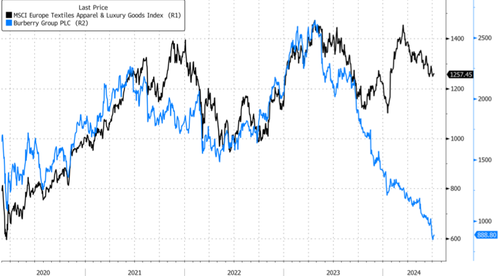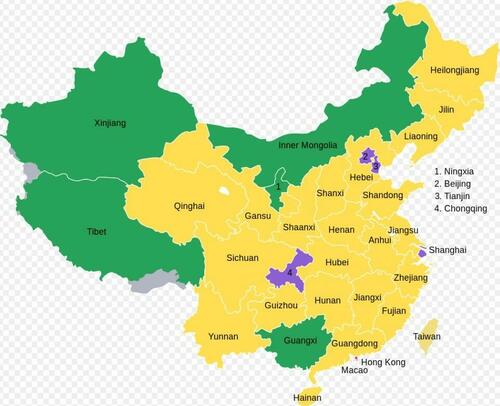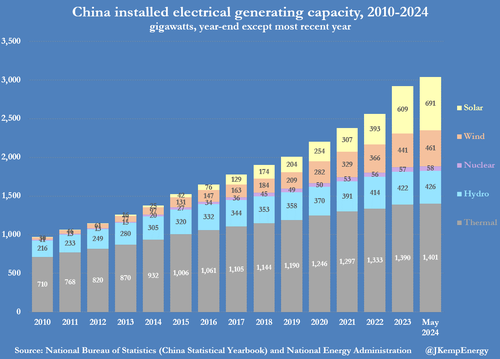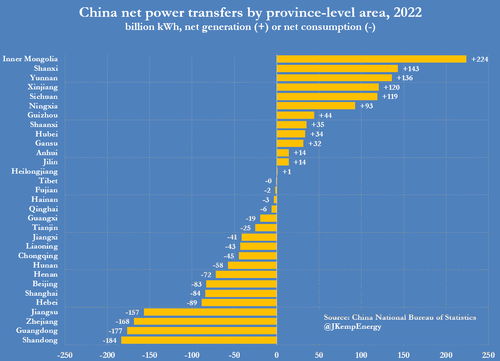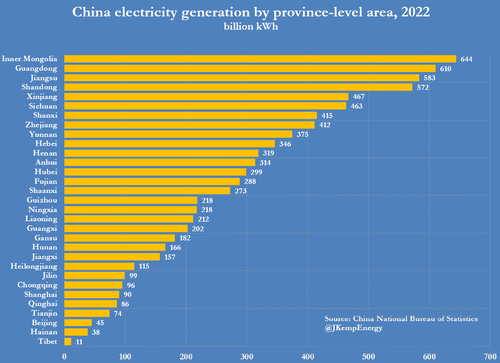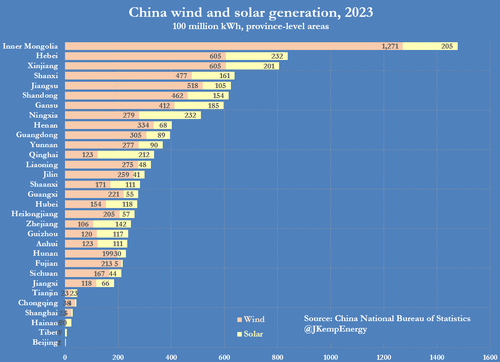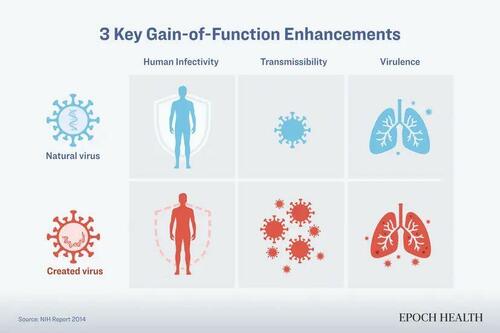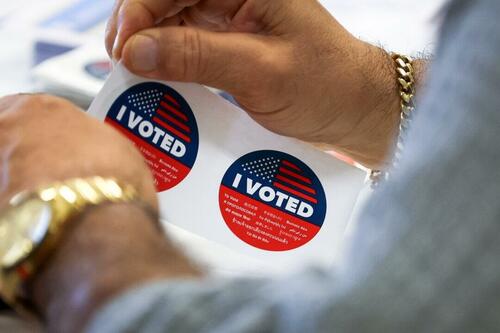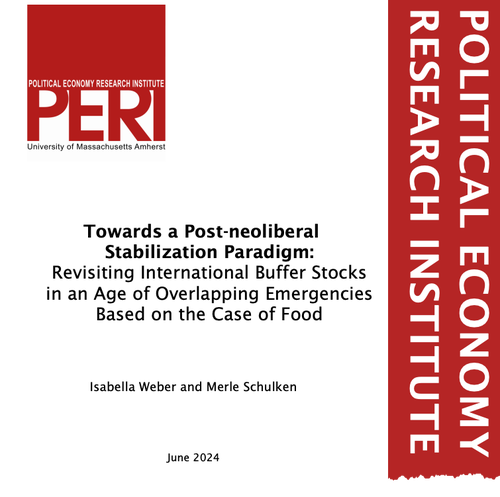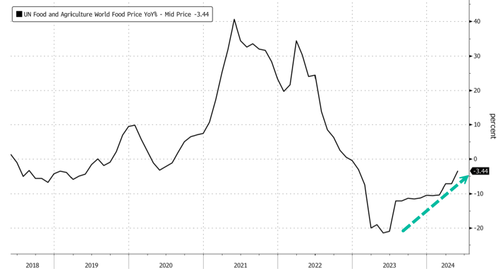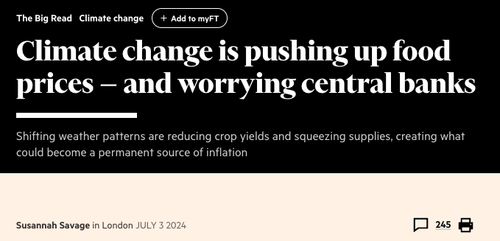Authored by Pepe Escobar,
It’s impossible to overstate the importance of the 2024 summit of the Shanghai Cooperation Organization (SCO) this week in Astana, Kazakhstan. It can certainly be interpreted as the antechamber to the crucial BRICS annual summit, under the Russian presidency, next October in Kazan.

Let’s start with the final declaration. As much as SCO members state “tectonic shifts are underway” in geopolitics and geoeconomics, as “the use of power methods is increasing, with norms of international law being systematically violated”, they are fully engaged to “increase the SCO’s role in the creation of a new democratic, fair, political and economic international order.”
Well, there could not be a sharper contrast with the unilaterally-imposed “rules-based international order”.
The SCO 10 – with new member Belarus – are explicitly in favor of “a fair solution to the Palestinian issue”. They “oppose unilateral sanctions”. They want to create a SCO investment fund (Iran, via acting President Mohammad Mokhber, supports the creation of a SCO common bank, just like the NDB in BRICS).
Additionally, members that “are parties to the nuclear Non-Proliferation Treaty stand for compliance with its provisions”. And crucially, they agree that “interaction within the SCO may become the basis for building a new security architecture in Eurasia.”
The last point is actually the heart of the matter. That’s proof that Putin’s proposal last month in front of key Russian diplomats was fully debated in Astana – following Russia’s strategic deal with the DPRK de facto linking security in Asia as indivisible with security in Europe. That is something that remains – and will continue to remain – incomprehensible for the collective West.
A new Eurasia-wide security architecture is an upgrade of the Russian concept of Greater Eurasia Partnership – involving a series of bilateral and multilateral guarantees and, in Putin’s own words, open to “all Eurasian countries that wish to participate”, including NATO members.
The SCO should become one of the key drivers of this new security arrangement – in total contrast with the “rules-based order” – alongside the CSTO, the CIS and the Eurasia Economic Union (EAEU).
The road map ahead of course includes socio-economic integration and the development of international transportation corridors – from the INSTC (Russia-Iran-India) to the China-supported “Middle Corridor”.
But the two crucial points are military and financial: “To gradually phase out the military presence of external powers” in Eurasia; and to establish alternatives to “Western-controlled economic mechanisms, expanding the use of national currencies in settlements, and establishing independent payment systems.”
Translation: the meticulous process conducted by Russia to deliver a fatal blow to Pax Americana is essentially shared by all SCO members.
Welcome to SCO+
President Putin laid down the basic tenets further on down the road when he confirmed the “commitment of all member states to forming a fair world order based on the central role of the UN and commitment of sovereign states to mutually beneficial partnership.”
He added, “the long-term goals for further expansion of cooperation in politics, economy, energy, agriculture, high technologies and innovation are stated in the project of development strategy of SCO till 2035.”
That’s a quite Chinese approach to long-term strategic planning: China’s five-year plans are already mapped out all the way to 2035.
President Xi doubled down when it comes to the leading Russia-China strategic partnership: both should “strengthen comprehensive strategic coordination, oppose external interference and jointly maintain peace and stability” in Eurasia.
Once again, that’s Russia-China as leaders of Eurasia integration and the drive towards a multi-nodal world (italics mine; nodal with an “n”).
The summit in Astana showed how the SCO has really stepped up the game after incorporating India, Pakistan and Iran – and now Belarus – as new members, plus establishing key players such as Turkiye, Saudi Arabia, UAE, Qatar and Azerbaijan as dialogue partners, and strategic Afghanistan and Mongolia as observers.
It’s a long way from the original Shanghai Five – Russia, China, plus three Central Asian “stans” – setting up the organization back in 2001, essentially as an anti-terrorism/separatism body. The SCO has evolved into serious geoeconomic cooperation, discussing in detail, for instance, supply chain security issues.
The SCO now goes way beyond a Heartland-focused economic and security alliance, as it covers 80% of the Eurasian landmass; accounts for more than 40% of the world’s population; boasts a 25% share of global GDP – and rising; and generates global trade value of over $8 trillion in 2022, according to Chinese government numbers. Add to it SCO members hold 20% of global oil reserves and 44% of natural gas.
So it’s no wonder that a key development this year at the Palace of Independence in Astana was the first meeting of the SCO +, under the theme “Strengthening Multilateral Dialogue”.
A real who’s who of SCO partners was there, from President of Azerbaijan Ilham Aliyev, Emir of Qatar Sheikh Tamim bin Hamad Al Thani and President of Turkiye Recep Tayyip Erdogan, to member of the Supreme Council of the Emirates Sheikh Saud bin Saqr Al Qasimi, Chairman of the People’s Council of Turkmenistan Gurbanguly Berdimuhamedov, UN Secretary-General Antonio Guterres, and SCO Secretary-General Zhang Ming.
Russia’s bilaterals with many of these SCO+ actors were quite substantial.
India’s PM Modi did not go to Astana, sending FM Jaishankar, who maintains fabulous relations with Foreign Minister Lavrov. Modi was re-elected to his third term last month and is up to his neck working the domestic front, with his BJP now commanding a much narrower majority in Parliament. Next Monday he will be in Moscow – and will meet Putin.
Proverbial Divide and Rule hacks seized Modi’s no-show in Astana as proof of a serious India-China rift. Nonsense. Jaishankar, after a bilateral meeting with Wang Yi, stated – in a very Chinese metaphorical way – that “the three mutuals – mutual respect, mutual sensitivity and mutual interest – will guide our bilateral ties.”
That applies to their still unresolved border standoff; to the delicate balance New Delhi has to find to appease the Americans in their Indo-Pacific obsession (no one across Asia uses the term “Indo-Pacific”; it’s Asia-Pacific); and also relates to Indian aspirations when it comes to beinga leader of the Global South compared to China.
China does regard itself as part of the Global South. Wang Yiwei from Renmin University, the author of arguably the best book on the Belt and Road Initiative (BRI), argues that Beijing welcomes a “sense of identity” provided by the fact it represents the Global South and has been obliged to resist Washington’s hegemony and “deglobalisation” rhetoric.
The New Multi-Nodal Matrix
Astana once again revealed how the main drivers of the SCO are advancing fast on everything from energy cooperation to cross-border transportation corridors. Putin and Xi discussed progress in the construction of the massive Power of Siberia 2 gas pipeline as well as Central Asia’s need to have China as a provider of funds and technology to develop their economies.
China is now Kazakhstan’s largest trading partner (two-way trade at $41 billion, and counting). Crucially, when Xi met Kazakh President Kassym-Jomart Tokayev, he backed Astana’s bid to join BRICS+.
Tokayev was beaming: “Deepening friendly and strategic cooperation with China is an unswerving strategic priority for Kazakhstan.” And that means more projects under BRI.
Kazakhstan – which shares a border of more than 1,700 km with Xinjiang – is absolutely central on all these fronts: BRI, SCO, EAEU, soon BRICS and last but not least, the Trans-Caspian International Transport Route.
That’s the famous Middle Corridor linking China to Europe via Kazakhstan, the Caspian Sea, Georgia, Turkiye and the Black Sea.
Yes, this corridor skips Russia: the key reason is that Chinese and European traders are terrified of American secondary sanctions. Beijing, pragmatically, supports building this corridor as a BRI project since 2022. Xi and Tokayev actually opened what can also be called the China-Europe Trans-Caspian Express via video link; they saw the first Chinese trucks arriving on the road to a Kazakh Caspian Sea port.
Xi and Putin discussed the corridor, of course. Russia understands the Chinese constraints. And after all Russia-China trade uses its own – sanction-proof – corridors.
Once again, Divide and Rule hacks – oblivious to the obvious, not to mention finer points of Eurasia integration – resort to their same old dusty narrative: the Global South is fractured, China and Russia don’t see eye to eye on the role of the SCO, BRI and the EAEU. Nonsense, again.
All fronts are progressing in parallel. The SCO Development Bank was initially proposed by China. The Russian Ministry of Finance – which is a mammoth organization, with 10 vice-Ministers – was not so keen, on the grounds that Chinese capital would flood Central Asia. Now that’s changed, as Iran – which has strategic partnerships with both Russia and China – is quite enthusiastic.
The strategically important China-Kyrgyzstan-Uzbekistan railway – a BRI project – developed slowly, but now will be on overdrive, by a mutual Putin-Xi decision. Moscow knows that Beijing – fearing the sanctions tsunami – cannot use the Trans-Siberian as the main overland trade route to Europe.
So the new Kyrgyzstan-Uzbekistan railway is the solution, reducing the journey to Europe by 900km. Putin personally told Kyrgyz President Sadyr Japarov there’s no Russian opposition; on the contrary, Moscow fully supports interconnected projects launched by BRICS and/or financed by the EAEU.
It’s fascinating to watch the Russia-China dynamic in play at the heart of multilateral organizations such as the SCO. Moscow sees itself as a leader of the coming multipolar order even if it does not consider itself, technically, as a member of the Global South (Lavrov insists on “Global Majority”).
As for Russia’s “pivot to the East”, it actually started in the 2010s, even before Maidan in Kiev, when Moscow started to seriously consolidate relations with, well, the Global South.
It’s no wonder that now Moscow clearly sees the new evolving multi-nodal reality – SCO and SCO+, BRICS 10 and BRICS+, EAEU, ASEAN, INSTC, new trade settlement platforms, the new Eurasian security architecture – as the beating heart in the complex, long-term strategy of meticulously shattering the domination of Pax Americana.


